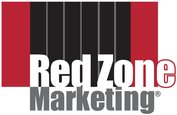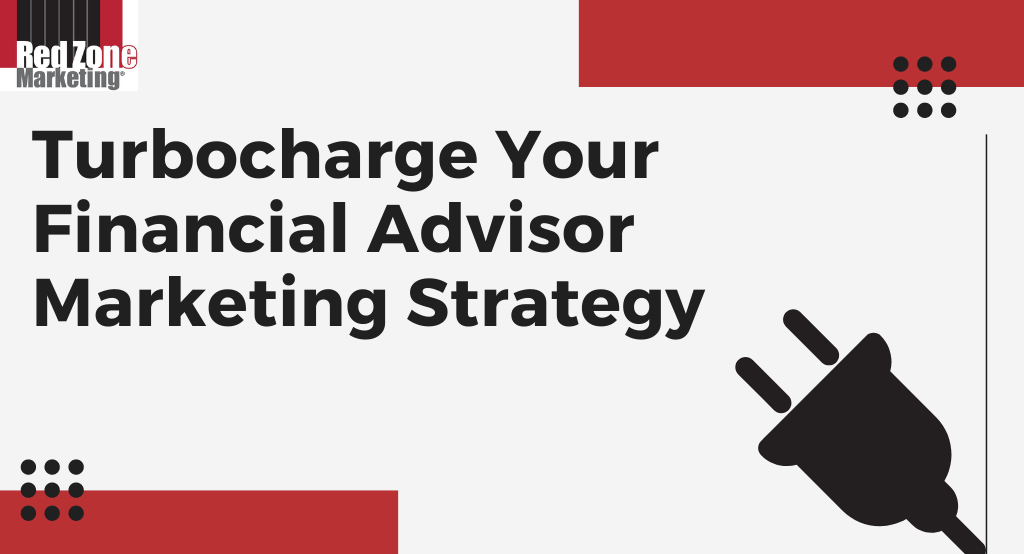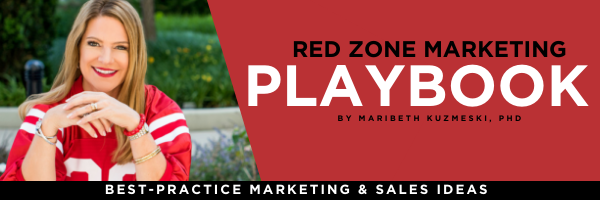Second-guessing where to focus your financial advisor digital marketing efforts? You’re not alone. To anyone but the professional marketer, media looks like media looks like media. Am I right? Just “get it out there” seems to be the refrain. There is no doubt that the digital landscape has blurred the lines between media types—owned, earned, and paid—but it’s imperative to differentiate between the three in order to organize and execute a successful content marketing campaign.
The Trifecta of Digital Media
I want you to consider your own profession for a moment. In some form or another, financial advisors offer investment management, planning advice, and tax drag management. All three work in unison to optimize returns, limit liabilities, and improve a client’s potential for success.
Earned, owned, and paid media work in much the same way. While one can certainly exist without the other, each element is integral to the whole media approach. The three work together cohesively to form a more complete, more effective digital marketing strategy.
Building the Car: Owned Media
Owned media is any online asset that you create, can control, and reflects your unique brand.
The most common examples of owned media include your website, your blog, and social media channels. Even though you don’t own the social media sites like Facebook or YouTube themselves, you do own and control the media on those pages and don’t have to pay for basic use.
Your owned media is what is absolutely necessary to begin building an online presence. The more owned media you have, the greater chance you have to extend your reach and attract the attention of your target audience. You’ll leverage assets from your blog and social media pages to promote conversions, run traffic to your website, and guide users through your sales funnel.
Owned media assets are the building blocks of your online presence.
Priming the Pump: Paid Media
Paid media is any advertisement, placement, or media exposure you pay for.
In the digital sphere, paid media can take the form of banner ads on websites, boosted social media posts, sponsored Tweets, or pay-per-click advertising. Other real-life examples include billboards, print ads, TV or radio commercials, and even sponsorships.
With paid media, you buy the rights to reach an audience you wouldn’t otherwise be able to reach. We like to think of paid media as priming the pump. Once you have a solid owned media foundation set up, you can use paid media to stimulate engagement with your social posts, drive traffic to your website or a landing page, and hopefully gain the attention of someone willing to afford you some earned media.
Keep in mind, paid media in isolation likely won’t pack the punch you want it to. Not only are consumers exposed to far more ads than they can actually process—between 6,000 and 10,000 per day—but they lack trust in these traditional marketing methods. Owned and earned media must also be established for optimal engagement.
Getting Seen Around Town: Earned Media
Earned media is exposure, engagement, or publicity you do not pay for.
Earned media is the result of the public and/or press voluntarily sharing your content or promoting your brand without direct payment. Earned media is virtual “word of mouth” which can take the form of social media shares, social media mentions, reposts, retweets, online reviews, recommendations, or content published by third party sites.
Earned media may be the most difficult to gain, but it can also be the most valuable.
So how do you gain earned media? There are a number of routes, some of which you can have a direct hand in and others you cannot. First and foremost, you’ll want to make sure you have high organic search rankings, which is one of the reasons having a strong SEO strategy is critical. Ranking on the first page of search engines positions your website and your content more favorably for engagement and shares. Whether it be an article, podcast, webinar, info-graphic, video, press release, or e-book, the content you publish has to add value in such a way that
others find it worthy of sharing.
There are other options, however, such as answering press requests or submitting original articles to publications. Some advisor networks like NAPFA will work in conjunction with major publications like Forbes and Kiplinger’s to request information from advisors that journalists will print in whole or in part in their feature. Other publications, like Dental Economics or The Street will accept submissions from advisors looking to share their work with a larger audience.
Of course, the quality of your content will determine whether your submission is selected, so
put your best assets forward.
Utilizing all 3 Media in Conjunction
Financial advisors who have the most success in the digital marketplace utilize a marketing
strategy that include a mix of owned, paid, and earned media. So, you’ll want to make sure
you’re doing your best to cover all the bases.
Here is an example of all three forms of media at work. One advisory firm we work with regularly creates owned media like blog content, webinars, and videos to share on their social media accounts. The organic buzz and social shares generated count as earned media, as well as their work with the local media to make sure their events are on calendars, etc. To further extend the reach of the content, they boost and promote their webinar invitations and some of their top-performing posts to increase sign-ups, extend the reach of the content outside their
network, and draw more awareness to their brand.
Bringing it All Together
All three elements—owned, paid, and earned—will be instrumental in fast-tracking your digital marketing strategy, but it will be up to you to decide where to allocate your time and resources to make the most impact for your brand. And of course, this allocation will likely evolve as your firm grows and changes.
Try not to get stuck in one form of media or another simply because you do it well and are comfortable with it. If you want to stand out, you’ll have to get comfortable trying new things. Whether this translates into sharing on new platforms or hiring someone to help you create unique assets, your willingness to step outside the box can make all the difference.



